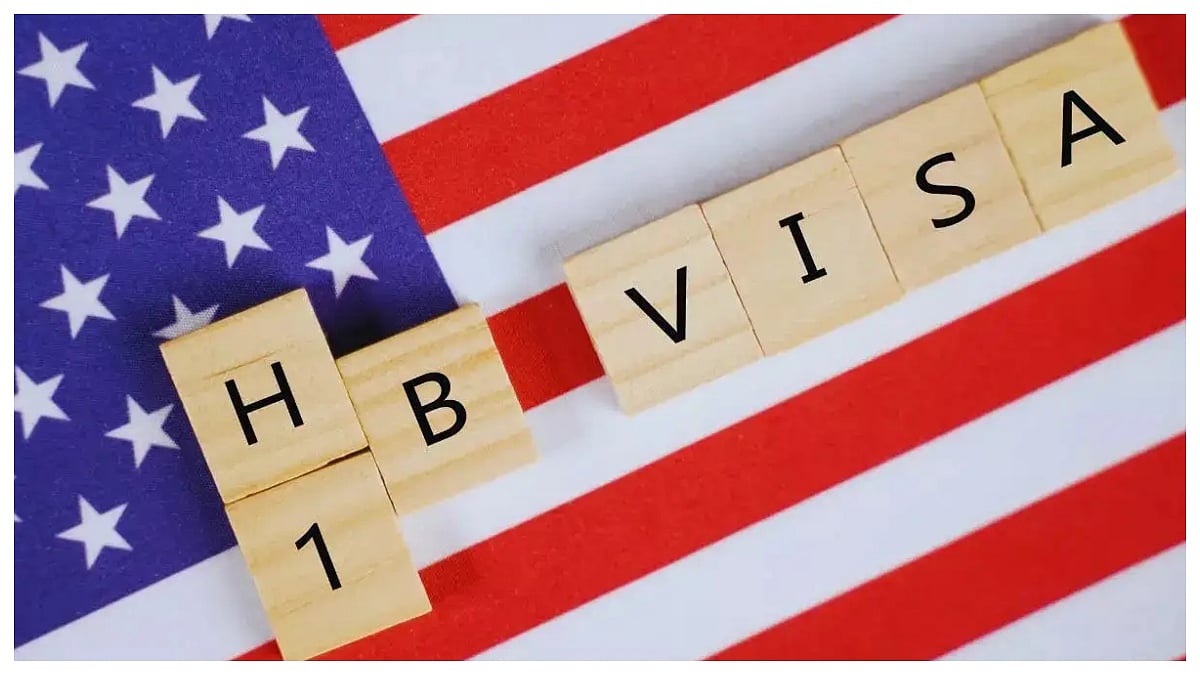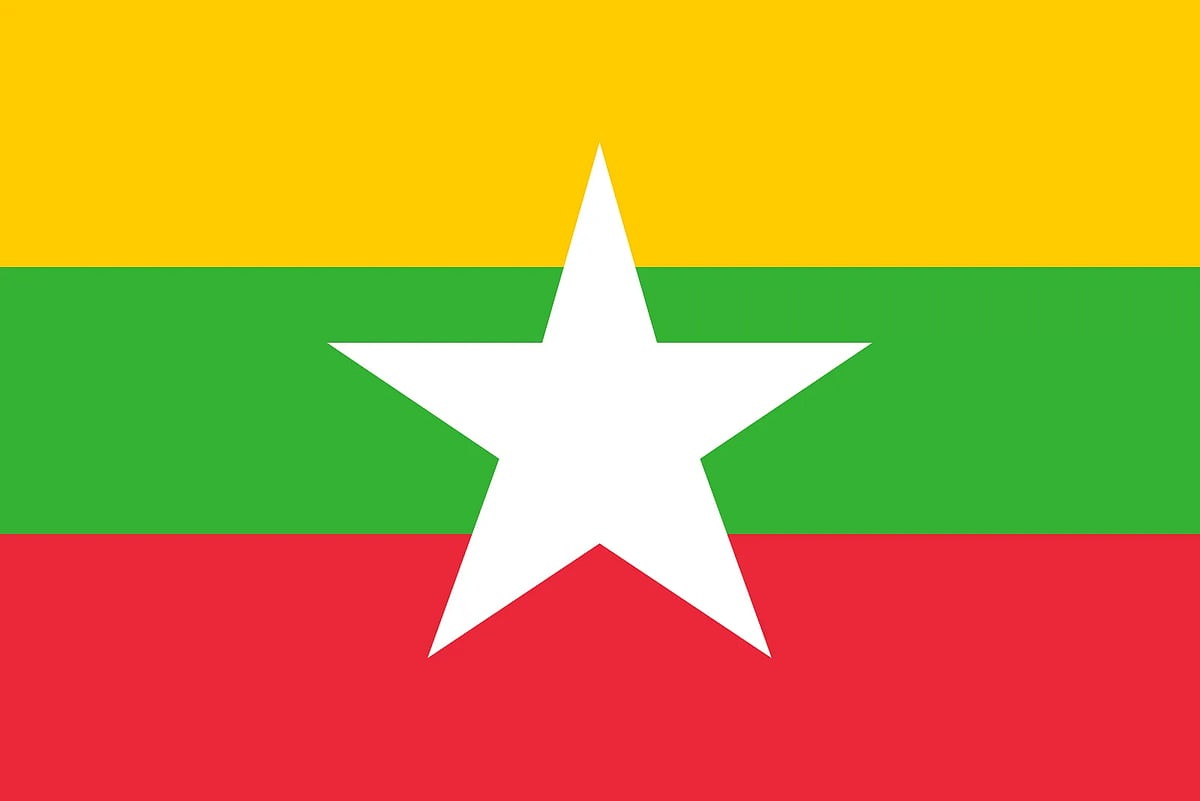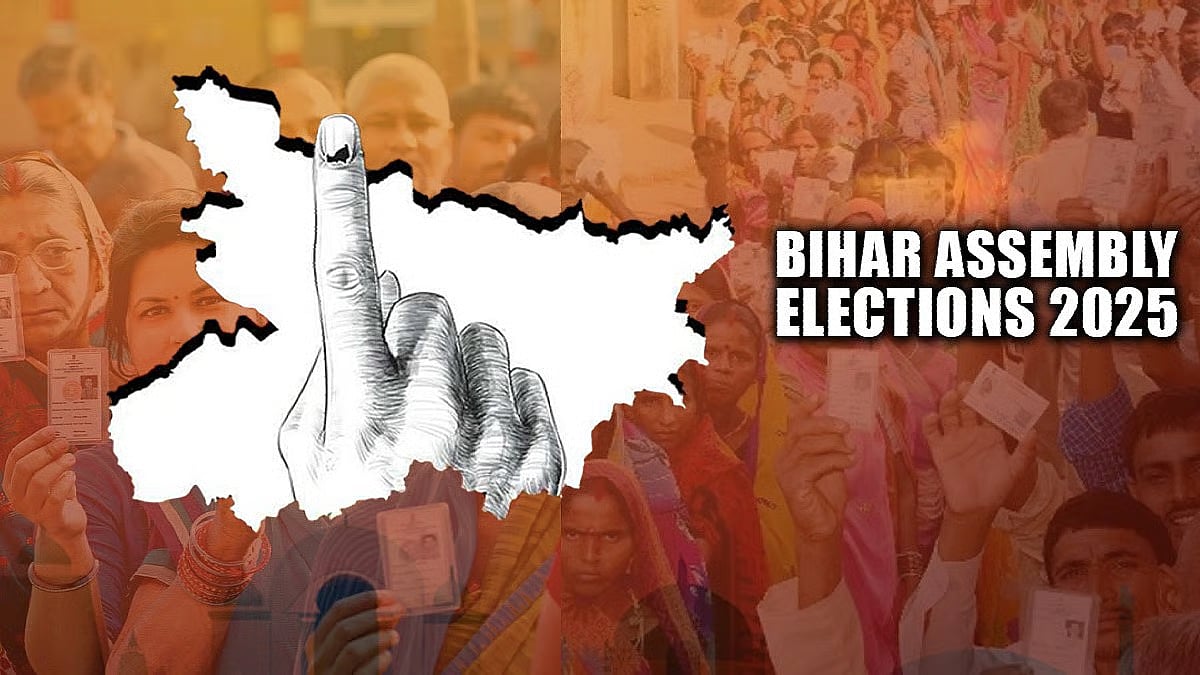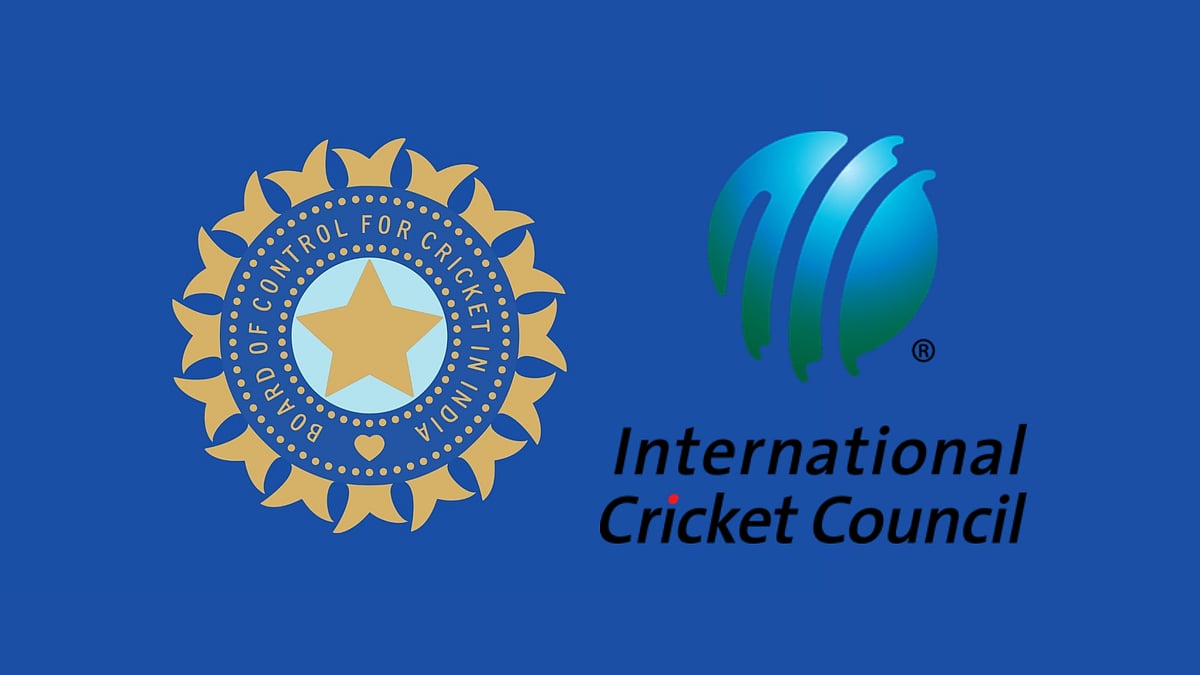Political roiling over the Dharavi Redevelopment Project (DRP) was slated to happen ever since the complicated and controversial project was finally awarded last year to the Adani group. It came to a head this week when Maharashtra chief minister Eknath Shinde name-called his former political boss Uddhav Thackeray, now the chief of a rump of the Shiv Sena that Shinde snatched away from him, a “stumbling block” and one who is “anti-development and against major projects which can change the face of Mumbai”.
Then, Deputy Chief Minister Devendra Fadnavis, under whose eye the retendering of the DRP was completed and tender awarded to the Adani group, upped the ante alleging that Thackeray “did not want to see the people of Dharavi get good houses”. This round of charges was triggered when Thackeray announced that he would lead a demonstration from Dharavi to the Adani office later this month to protest the alleged irregularities in the project. The name-calling is unlikely to fade away; who attacks whom and on what basis will be determined by who is in power and the opposition.
It is a matter of record that the DRP is a sweetheart deal for the Adani group in which the all-powerful conglomerate, with little ground experience in the slum rehabilitation sector, bagged a slew of concessions, tax waivers, incentives, and prime land as part of the project terms. The government, on the other hand, not only waived off taxes that could accumulate to thousands of crores during the 17 years of the project but also made it mandatory for the real estate developers in Mumbai to purchase their first TDR, or Transferable Development Rights, from this project of the Adani group.
In a nutshell, TDR is a property development tool which has been ruthlessly financialised in Mumbai in the last two decades to the detriment of the city; it means a developer or builder can build more or higher in one part of the city by literally buying the “rights” to this from another part of the city. The compulsory TDR-purchase from Dharavi project, which developers have begun resisting, is a virtual fixed and lasting pipeline of profits to the Adani group before it can lay the first brick. The group, in its statements, has vehemently denied all the charges.
However, this does not take away from the fact that the DRP is a textbook case of how a government ought not to facilitate the redevelopment of any slum or informal settlement, let alone one as massive and complex as Dharavi. To cut through the clutter, the Dharavi Redevelopment Project is less about the estimated one million plus people living in the inhospitable settlement of Dharavi that was once a no-man’s land and the approximate $1 billion revenue (₹8,500 crore at the exchange rate of ₹85) they draw in through bustling industries — some in illegal and/or ecologically unsustainable ways — but more about the nearly 600 acres of land that the settlement occupies.
Dharavi was not made by successive governments of Maharashtra or by the Brihanmumbai Municipal Corporation; the residential-commercial settlement was once the back of the beyond that no agency wanted to acknowledge and was built, some illegally and haphazardly, by waves of migrants who flocked to the city in search of work from many regions of India. It is possible to walk in the narrow dingy lanes of Dharavi and feel like being in a mini-Tamil Nadu, yet another sector would bring back the language and food of say a region in Uttar Pradesh or Gujarat.
Dharavi, which was dubiously recognised as the world’s largest slum for decades, did not start out wanting to be the marshy land “Dharavi” amidst a gleaming Mumbai. It became that because governments and BMC ignored its basic civic needs, provided virtually nothing to support so many people and businesses, and largely preferred to disregard its existence as an undesirable stain on the city. A few handouts now and then would not, and did not, make a difference to the place or the people – till the gleaming city came within hand-shaking distance of it in the form of Bandra Kurla Complex (BKC), the posh hub that stands on what used to be public land.
The “redevelopment” of Dharavi was back on the political agenda as policymakers, real estate developers, private builders, and others spotted the gold of the goose beneath its grime. There were redevelopment attempts through the past 40 years but none as blatantly focused on land and profits as the current one. In fact, an early model, in the 1980s under the Prime Minister’s Grant Project initiated by the then PM Rajiv Gandhi, was to empower a group of tenements to form their own cooperative and redevelop the land with self-contained small apartments, work spaces and community spaces. It was the most people-oriented redevelopment plan for Dharavi but did not find takers in the political-land developer establishment of Mumbai — for obvious reasons.
The CEO of the Dharavi, the government representative, is on record as having stated that the redeveloped Dharavi could well be the “second BKC though not as big as the current one” with nearly 10 million square feet of space being added, over the duration of the project, to the land market of Mumbai that’s already on fire. Of this, a portion will be for rehabilitation and another for free sale at market prices. Importantly, he said that the Special Purpose Vehicle would be set up with the group that won the bid, after which a project management consultant would be appointed, a master plan prepared and a survey done to find out how many are eligible for rehabilitation. Place before people, isn’t it clear?
This ignores the ground reality in Dharavi — who is eligible for rehabilitation depends on the criteria fixed but, going by the government’s previous criteria, nearly one in every four persons in Dharavi would be ineligible for. Does this mean an end to their work and living spaces? Moreover, the idea of drawing up a master plan before listening to people is to willingly overlook the fact that Dharavi has been, continues to be, a bustling space with millions.
How are the people of Dharavi going to be rehabilitated with their workspaces and commercial spaces; will they have a say in this grandiose plan to create 10 million square feet? The lack of answers to such questions have created uncertainty and resentment in the by-lanes of Dharavi; there is fear and doubt about what the Adani group’s shiny future for the place means for them. Walk into any of the lanes; you will find animated discussions about the project but not enough credible information flowing to the people or their demands finding an ear with the redeveloper.
It is not that the people of Dharavi do not want redevelopment; they do, badly. But they are unaware of what this project means, and there is angst. Housing and anti-slum activists have attempted to coalesce this into campaigns for a year now. It is natural that politicians would also articulate the concerns. And Uddhav Thackeray put his finger in the pie because he is in the Opposition. If Shinde and Fadnavis were in his place, they too would have. This makes Thackeray an opportunist but the Dharavi people’s issues are better articulated politically than not at all. The focus has to be brought back to the people of Dharavi.
Smruti Koppikar, senior journalist and urban chronicler, writes extensively on cities, development, gender, and the media. She is the Founder Editor of the award-winning journal ‘Question of Cities’.












